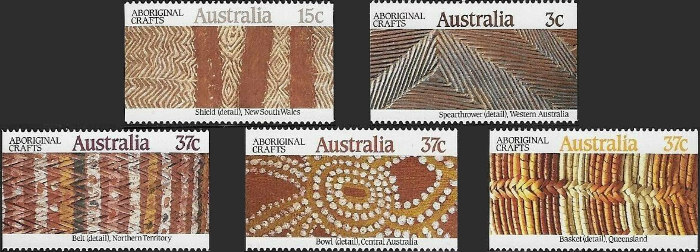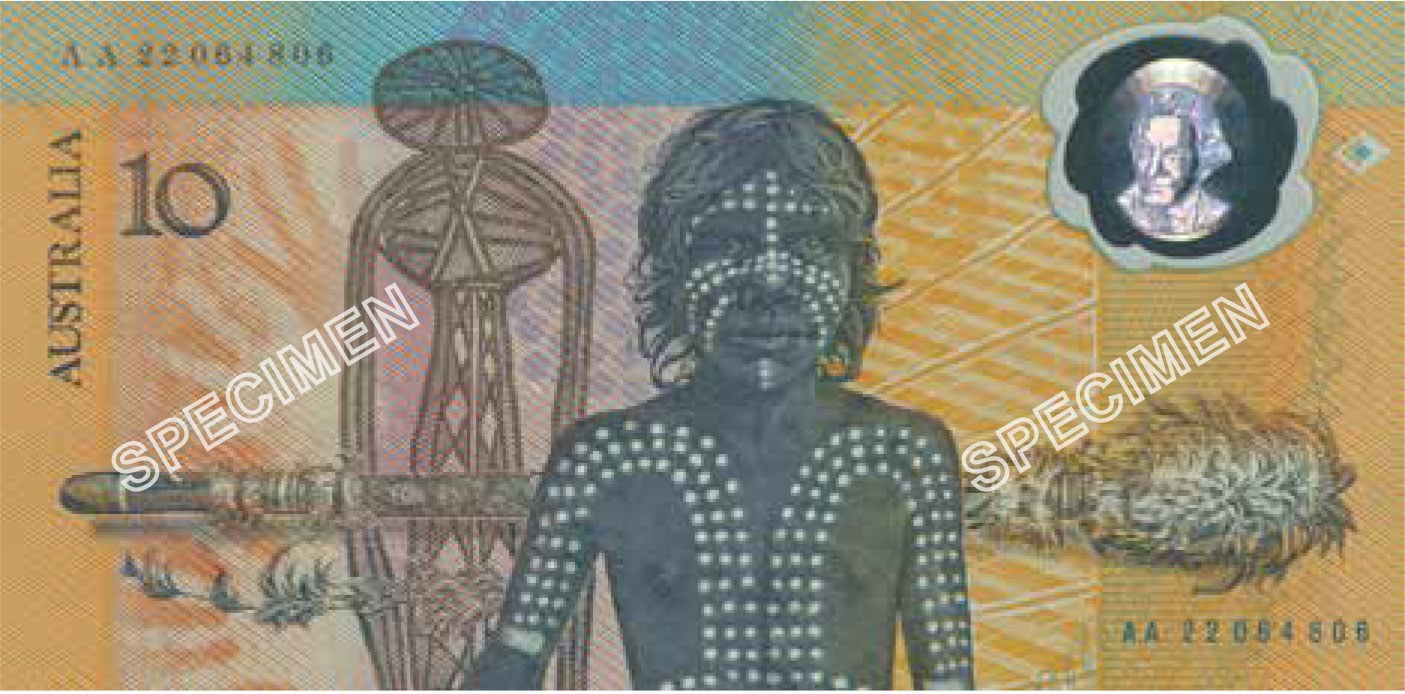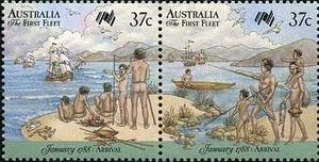History
Timeline results for
Found 1175 results for your search. Showing page 22 of 59.
1987
-
A Royal Commission into Aboriginal deaths in custody begins in response to high rate of Aboriginal incarceration and deaths.
-
Aboriginal Education Policy becomes mandatory for all schools.
-
Stanley Tipiloura (Australian Labor Party), from Bathurst Island, is elected to the Northern Territory Legislative Assembly, representing the electorate of Arafura.
-
Imparja Television Company, based in Alice Springs, Northern Territory, receives the first TV broadcasting license issued to an Aboriginal organisation.
-
‘Goondiwindi riot’ results in the first public inquiry for the new Human Rights and Equal Opportunity Commission (HREOC) - the Toomelah Inquiry which investigates the wider causes of racial conflict in the New South Wales and Queensland border towns of Toomelah, Boggabilla and Goondiwindi. Significant resources are allocated to meet basic housing, water, health and education needs.
-
Aboriginal women, some as young as 13, are forcibly sterilised with the drug Depro Provera (made by Pfizer) despite serious side effects and being banned in the US. This is seen as one method by the government to control and reduce the number of Aboriginal people. [1] The UK, New Zealand and the US have similar practices. Permanent sterilisation through tubal ligation also occurred.
-
Pat Dudgeon from the Bardi people (Kimberley area, Western Australia) graduates to become Australia’s first Aboriginal psychologist. She goes on to get her PhD in 2008.
-
In the lead up to the Bicentennial celebrations then Prime Minister Bob Hawke says that he would like to see the Bicentenary produce some sort of understanding or compact with Aboriginal people whereby the Australian community recognises its obligations to rectify some of the injustices of the previous 200 years.
-
Australia Post issues a set of 5 stamps with details of Aboriginal crafts. The stamps show patterns on a basket (from Arukun, QLD; 37c), a spear thrower (Warburton River, WA; 3c), a bowl (Pintubi people of Central Australia; 37c); a belt (Arnhem Land, NT; 37c) and a shield (New South Wales; 15c).

Aboriginal people used ochres and grasses of different colours to create the patters seen in their craft.
1988
-
Second Aboriginal cricket team tours England.
-
Human Rights Commission reports that conditions at Toomelah and Boggabilla settlements are worse than in Third World countries.
-
Australia’s representative to the United Nations Human Rights Committee acknowledges ‘public policy regarding the care of Aboriginal children, particularly during the postwar period, had been a serious mistake’.
-
Justice Muirhead presents interim report on Black Deaths in Custody.
-
Sydney activist Burnum Burnum (Harry Penrith) plants the Aboriginal flag on an English beach to claim Britain for the Aboriginal people.
-
High Court judgment affirms power of Commonwealth Racial Discrimination Act over discriminatory state based legislation. The Court hands down decision on a claim by Mer people for native title rights to the Murray Islands. It allows the original claim to be heard, which the Queensland government had attempted to block by introducing retrospective legislation abolishing land rights.
-
Tens of thousands of Aboriginal and Torres Strait islander people march through the streets of Sydney on Australia Day to celebrate their survival during the previous 200 years, while non-Aboriginal Australia commemorates the bicentenary of their immigration. Aboriginal people rename the day ‘Survival Day’.
-
A commemorative $10 banknote (the world's first banknote printed on a polymer substrate) shows on its back the image of a First Nations youth with dotted body decoration. Behind him is a Morning Star Pole, used in the funerary rituals in Arnhem Land, NT, for the transportation of the deceased’s spirit, and to the left is an ancient rock painting's figure from Deaf Adder Gorge, Western Arnhem Land (NT). The background shows different artistic techniques, such as hand stenciling, dot painting and cross-hatching. [2]

-

Aboriginal people's reception of the First Fleet was not as passive and peaceful as shown here. Two stamps of the Australia Day issue show an Aboriginal family watching the arrival of the First Fleet. They are relaxed and just looking on, a misrepresentation of the resistance Aboriginal people showed when they first encountered the British.
-
A statement of Aboriginal aspirations is presented to Mr Hawke at the Barunga Festival ("The Barunga Statement"). The Prime Minister responds by calling for a treaty to be negotiated between the Aboriginal people and the government of Australia.
There shall be a treaty negotiated between the Aboriginal people and the government on behalf of all the people of Australia.
— Prime Minister Bob Hawke
References
View article sources (3)
[1]
'Biomapping Indigenous Peoples: Towards an Understanding of the Issues', Susanne Berthier-Foglar, Sheila Collingwood-Whittick, Sandrine Tolazzi (eds), 2012 p.318
[2]
'First Nations Peoples and Australian Banknotes - Towards change', Reserve Bank of Australia Museum, available at museum.rba.gov.au/exhibitions/first-nations-peoples-and-australian-banknotes/towards-change/
[3]
[3a]
'It's the black and white Mardi Gras', SMH 27/2/1988


